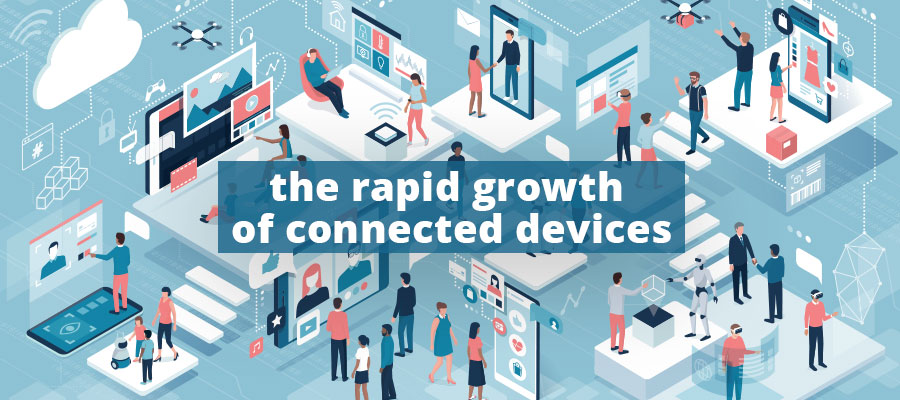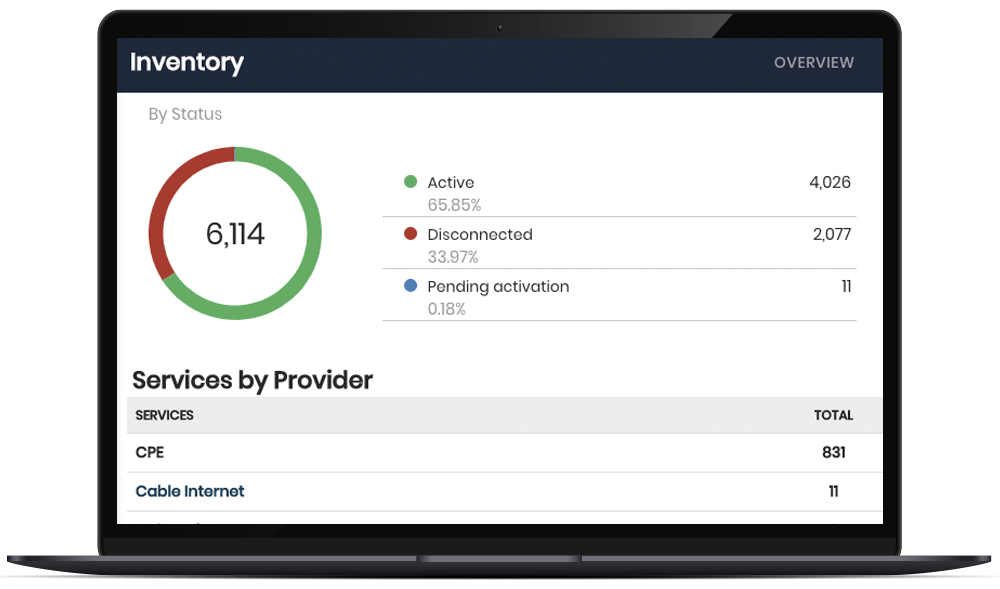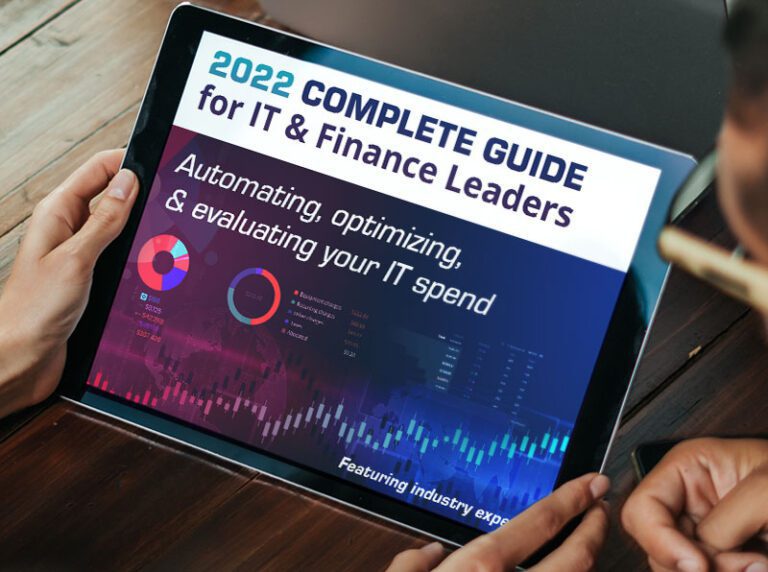Introduction to IT Asset Management:
Businesses are utilizing more and more technology to succeed, regardless of industry. From computers and servers to company-issued mobile devices, to newcomers like IoT, the number of items your IT personnel need to keep track of is only going to grow. However, most businesses don’t have a complete handle when it comes to tracking and managing their IT assets.
IT asset management is an essential part of business success. It combines financial, inventory, and contractual functions within the business in one place to help promote strategic decision-making when it comes to using and distributing IT-related materials among employees. Also known as IT inventory management, this business practice is essential for making sure employees have access to the technology they need to perform their jobs, while also best utilizing the company’s assets so extra money isn’t spent on tech or software that isn’t necessary. Asset management is crucial because the rapid growth of connected devices means more endpoints that are costly to acquire and maintain. If employees are not utilizing these products, then the company’s money is being wasted on a superfluous product.

Here are some key areas that need to be considered:
- Tracking and auditing assets — Part of managing IT assets is performing audits to make sure that these assets are being used efficiently for business purposes, as well as enforcing compliance with corporate regulatory requirements and security policies. Tracking how assets are used helps determine whether or not specific software or technology is necessary for certain positions.
- Digital asset management — This covers all of the company’s intellectual property management functions and includes handling assets such as videos, photos, and digital data that are produced by the company or licensed by a third party. Leveraging mobile device management (MDM) can be critical to success.
- Software asset management and license management — Remembering to update licensed software can be difficult, especially if your company uses a lot of different products. IT asset management also focuses on making sure software is up to date and that all licensing requirements are met. These systems can also track payments, so there aren’t any licensing issues or lapses in service.
Without the right tools it is a lot of manual work for IT personnel to handle IT asset management. But having a system in place that does the heavy lifting can eliminate human error, while also freeing up IT workers. Managing your IT assets will also allow you to optimize how you use your existing tools, without wasting money on software your company doesn’t need.
Why IT Asset Management is important
It keeps end users productive
It’s no secret that digital transformation has forever changed the landscape of businesses and modern asset management takes this a step further. IT leaders can leverage new asset management processes and tools in order to effectively deliver new functionality and services across their organization. Gartner says that with more and more platform and infrastructure services, effective asset management is necessary for organizations to both provide end-user access and manage their consumption of services being used regularly. IT asset management best practices make sure your teams have access to the tools they need to excel.
It helps eliminates waste
Effective IT asset management helps keep business information accurate so you have a clear idea of which assets are being used, and for what purposes. This saves money by avoiding unnecessary purchases and limiting licensing and support costs to only those which add value to the business.

It provides a single record of truth
One of the biggest challenges with the proliferation of services and technology is that assets often get tracked in a lot of different places, by a lot of different people. No single person owns everything, let alone has visibility into all the systems. And without the right tools in place, no single platform collects and centralizes asset data across your organization. Without this insight it is impossible to make informed decisions. This is where a robust solution is critical. By combining IT invoice data with an ITSM platform, IT leaders can focus more on what matters most to the organization. Asset management brings order from the chaos and can provide a single source of truth for IT leaders navigating the changing needs of their business.
It secures IT assets across the organization
As environments become more complex (laptops, desktops, tablets, smartphones, IoT, wearables, etc.), managing a wide variety of devices can be a burden on IT teams creating breakdowns in efficiency across your organization. A unified endpoint management (UEM) solution can assist in securing, deploying, and managing corporate devices to ensure your admins and end users don’t waste time on tedious tasks and you don’t suffer a costly data breach. By integrating UEM asset inventories and actions from leading providers through robust carrier integrations. IT leaders gain peace of mind that their mobile endpoints are secure and save time with automated processes.






